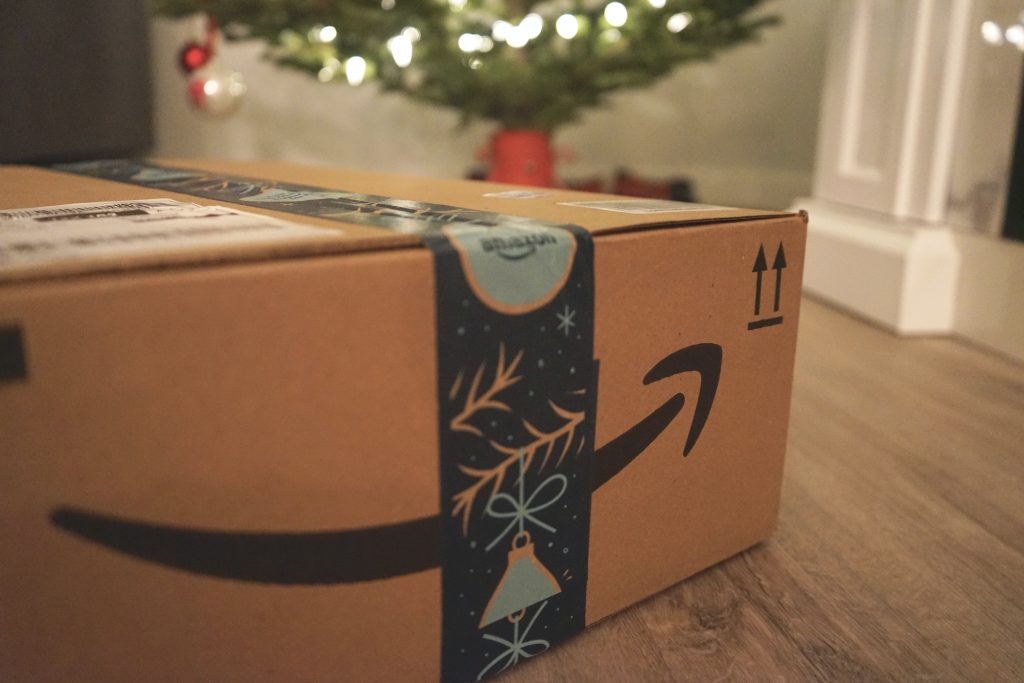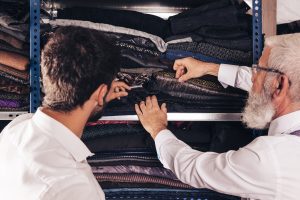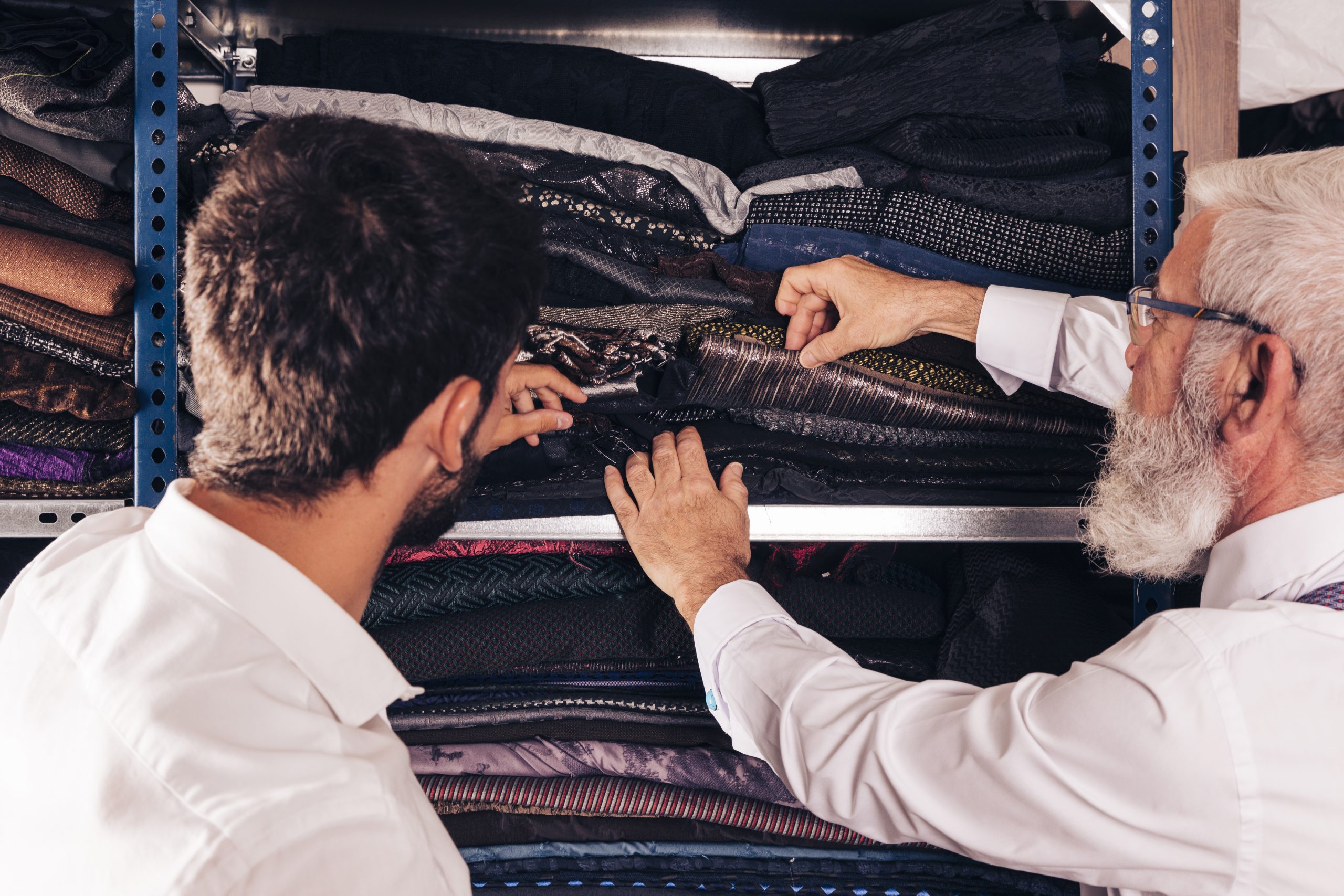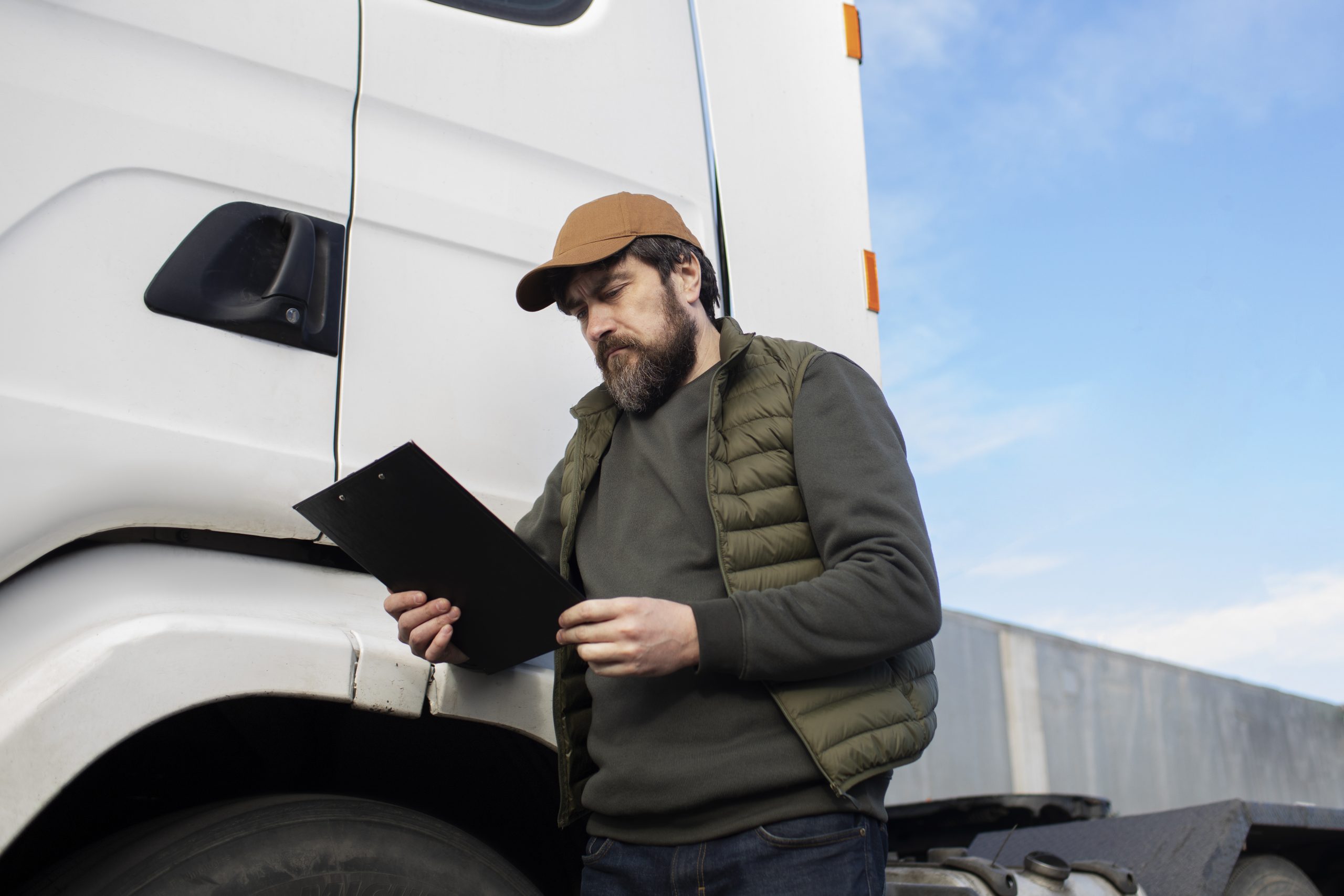Amazon’s momentum as a leader in global trade shows no signs of slowing down in 2021. With eCommerce further exploding (more than it already has in the past decade) in the advent of the pandemic, it’s not too late for importers to leverage this powerful platform.
A total of 86% of Amazon’s third-party sellers import into the US — with a total of 41% not being located in the US at all. This is pulled from a total of 9.4 million sellers worldwide! (Marketplace report here.)
Continuing on the Marketplace report, they assess the breakdown of sellers, further observing that:
“Marketplaces tend to exhibit power law distribution, the observation that a large portion of sales on a marketplace is generated by a small fraction of its sellers population. These top sellers on Amazon are responsible for the majority of the overall volume on the marketplace.”
All things considered, there is a lot of competition at play. But consumers continue to shop on Amazon, at exponential rates every year. For sellers, having an Amazon presence is simply expected of them by their consumers. Thankfully, the barrier to entry for sellers is quite low. It’s been noted that around 60% of sellers become profitable on Amazon US in less than a year.
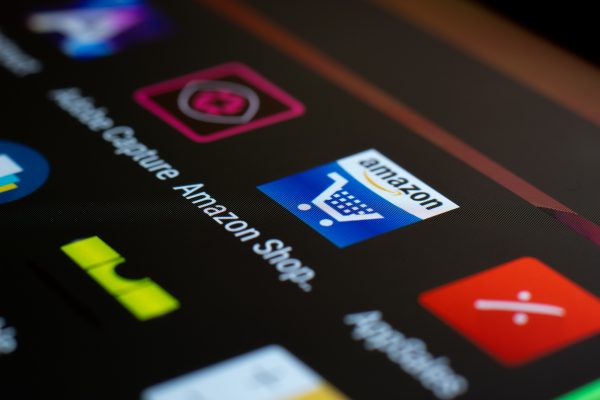
If you are interested in learning more about becoming a seller on Amazon and importing your goods into the US, we’ll cover the basics below
What is your business model?
Pulling from this Jungle Scout survey, 71% of all Amazon sellers are private labels, 26% are wholesalers, and 8% are drop shippers. There are various other business models as well, but these 3 represent the most logistically simple options for new importers getting started on Amazon.
- Private Label: Manufacturing goods under your own brand. Certainly more involved than other models, but it is the most “popular” model.
- Wholesale: Reselling bulk goods on Amazon without a brand behind it.
- Drop Shipping: Selling products that are offered by a supplier. The drop shipper pays the supplier and ships products on behalf of them.
Getting set up with Fulfillment by Amazon (FBA)
We mentioned that the barrier to entry for sellers is quite low. However, getting your products on Amazon is the easy part. Getting your product to their warehouses is the tricky part! That’s why it’s recommended to work with an FBA delivery program. This allows sellers to store inventory in Amazon warehouses, streamlining the logistics of the sale through Amazon.
Even further for non-resident importers into the US, they would have to ship their own goods to customers, which is much more costly — and are not eligible to sell to Amazon Prime customers! At the end of the day, it’s cheaper, quicker, and requires less goods handling on your part as the importer.
The process for working within the FBA program
- Submit your request for a customs clearance
- Under the delivery requirements, check off the Amazon box
- Your agent will contact Amazon for the Amazon warehouse EIN number
- Transport & appointments are arranged for a timely delivery to customers
______
If you have any questions about the logistics of moving goods into the US through selling on Amazon, our customs consultants have years of expertise with our FBA delivery program. To contact an Amazon expert, click here.
